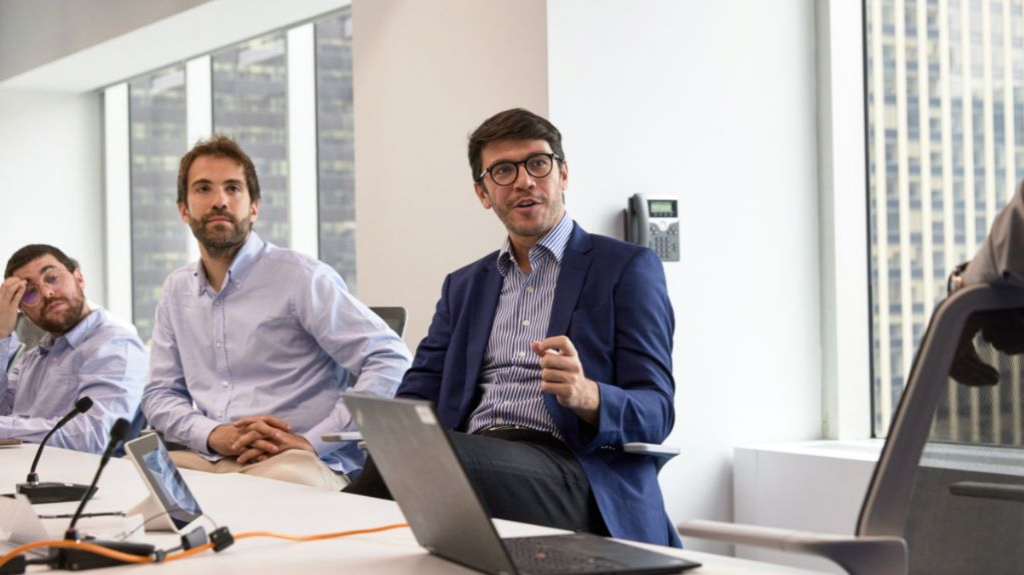General
Sports Reconditioning Specialist: What They Do
November 17, 2025, Madrid
Discover what a sports reconditioning specialist does, their key functions in injury recovery and prevention, and why their role is essential in high-performance sport.
In today’s high-performance sports environment, where physical and competitive demands are greater than ever, the role of the sports reconditioning specialist has become crucial. When an athlete suffers an injury or must return to competition after a forced break, this professional guides them safely through the transition back to optimal performance. But what exactly does a reconditioning specialist do, and why are they so important?
What Is a Sports Reconditioning Specialist?
A sports reconditioning specialist is a professional responsible for overseeing the recovery and return-to-play process of an athlete after an injury. Their work sits at the intersection of physiotherapy, physical preparation, and performance coaching, ensuring that the athlete regains functionality, strength, and performance capacity safely and effectively.
Areas of Intervention
-
Functional re-education after injury
-
Gradual reintegration into training and competition
-
Coordination with physiotherapists, doctors, and coaches
-
Monitoring physical responses to workload and adaptation
Key Responsibilities of a Reconditioning Specialist
Physical and Functional Assessment
The process begins with an evaluation of:
-
Mobility and range of motion
-
Strength imbalances
-
Pain levels and tissue response
-
Movement patterns related to the sport
This assessment determines the athlete’s readiness to progress.
Designing a Personalized Reconditioning Plan
The training plan is structured in progressive phases:
-
Muscle activation and joint stability
-
Strength and neuromuscular control
-
Sport-specific movement patterns
-
Controlled return to tactical and competitive situations
Monitoring Progress and Preventing Reinjury
The specialist observes how the athlete responds to training loads, adjusting intensity, duration, and volume to avoid setbacks. Preventing relapse is just as important as recovering performance.
Integration of Technology and Data Analysis
Modern reconditioning involves the use of:
-
Load monitoring systems
-
Biomechanical analysis tools
-
Recovery and readiness metrics
-
Performance data to support decisions
Importance in Performance and Injury Prevention
The work of the reconditioning specialist is not limited to helping athletes after an injury. They also implement strategies to:
-
Prevent future injuries
-
Maximize physical efficiency
-
Support long-term career sustainability
-
Improve overall athletic performance
This makes them a strategic figure in professional sports organizations.
Technologies and Trends in Sports Reconditioning
Wearables and Biometric Sensors
These devices track variables such as heart rate variability, mechanical load, and sleep quality, providing ongoing feedback about the athlete's readiness and recovery status.
Artificial Intelligence and Predictive Models
AI tools can now anticipate injury risk or fatigue accumulation, allowing specialists to adjust training loads before problems appear.
Tailored Recovery Protocols
Protocols are no longer one-size-fits-all. Each athlete follows a customized plan based on data, medical history, and performance goals.
How to Become a Sports Reconditioning Specialist
This profession requires:
-
Knowledge in sports science and physiology
-
Training in rehabilitation and injury recovery
-
Skills in performance assessment and data interpretation
-
Ability to work collaboratively in multidisciplinary teams
Continuing education and specialization are key to adapting to evolving methodologies and technologies in sport.
The sports reconditioning specialist is a vital figure in modern high-performance sport. Their role ensures that athletes not only return to competition but do so stronger, safer, and with reduced risk of reinjury. In a sports world where competitive intensity continues to grow, this professional is essential for maintaining health, maximizing performance, and extending athletic careers.






